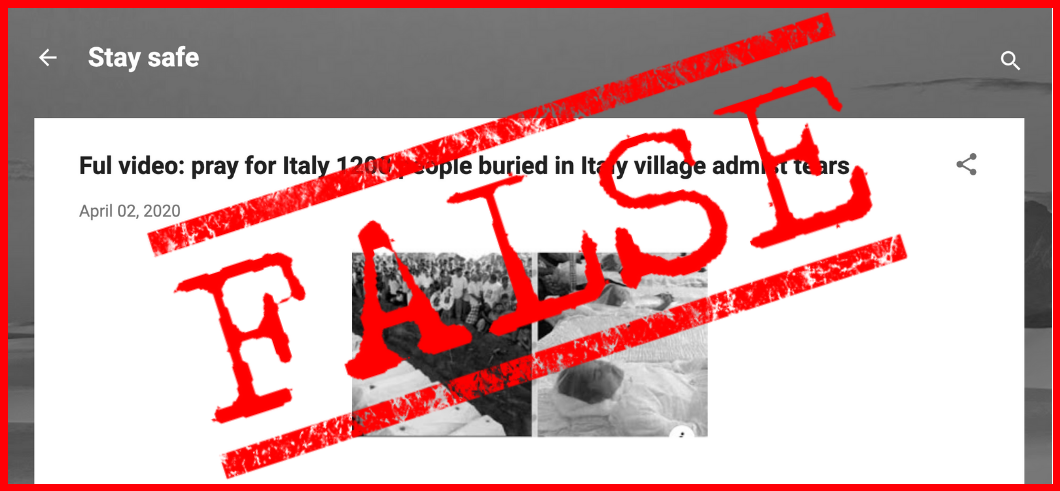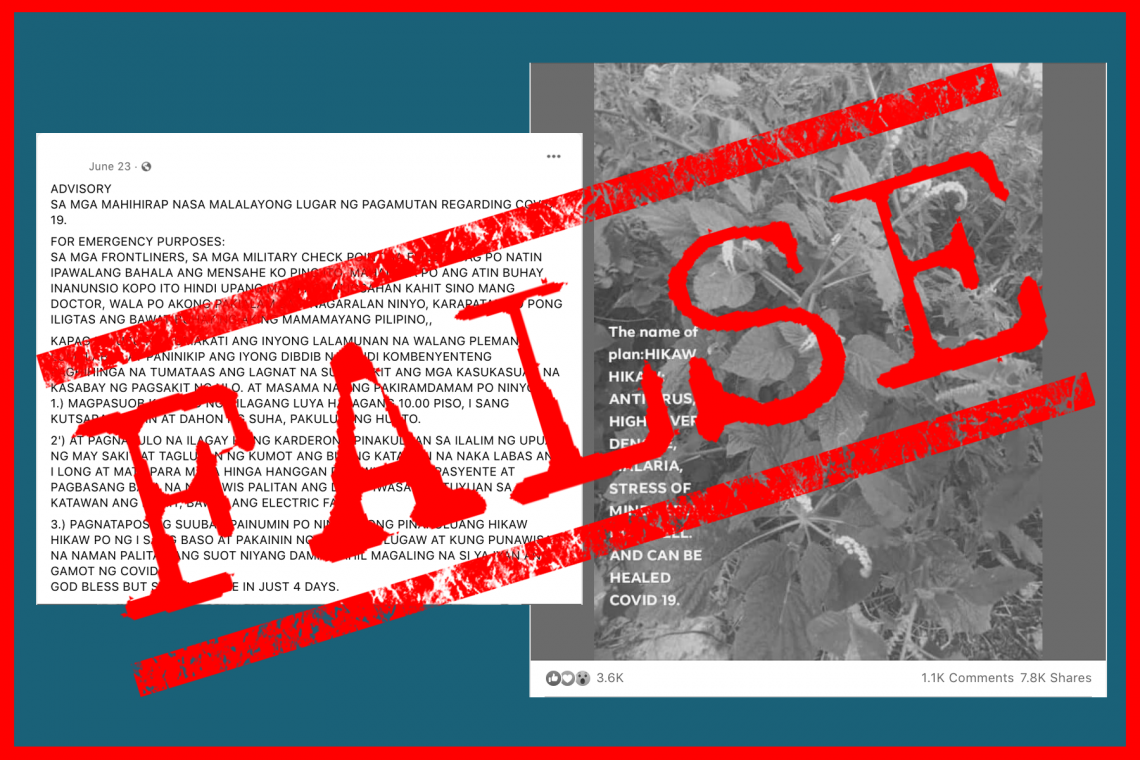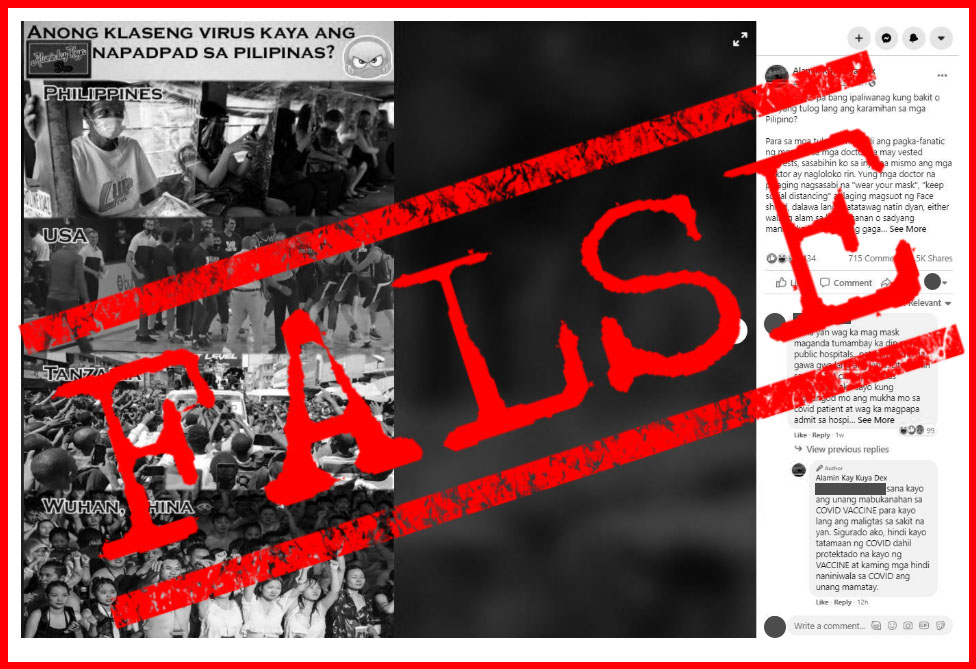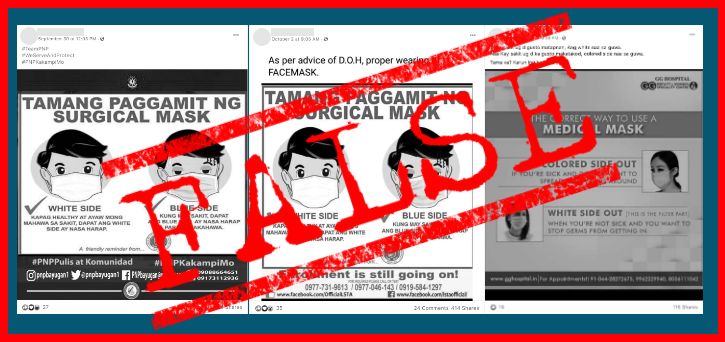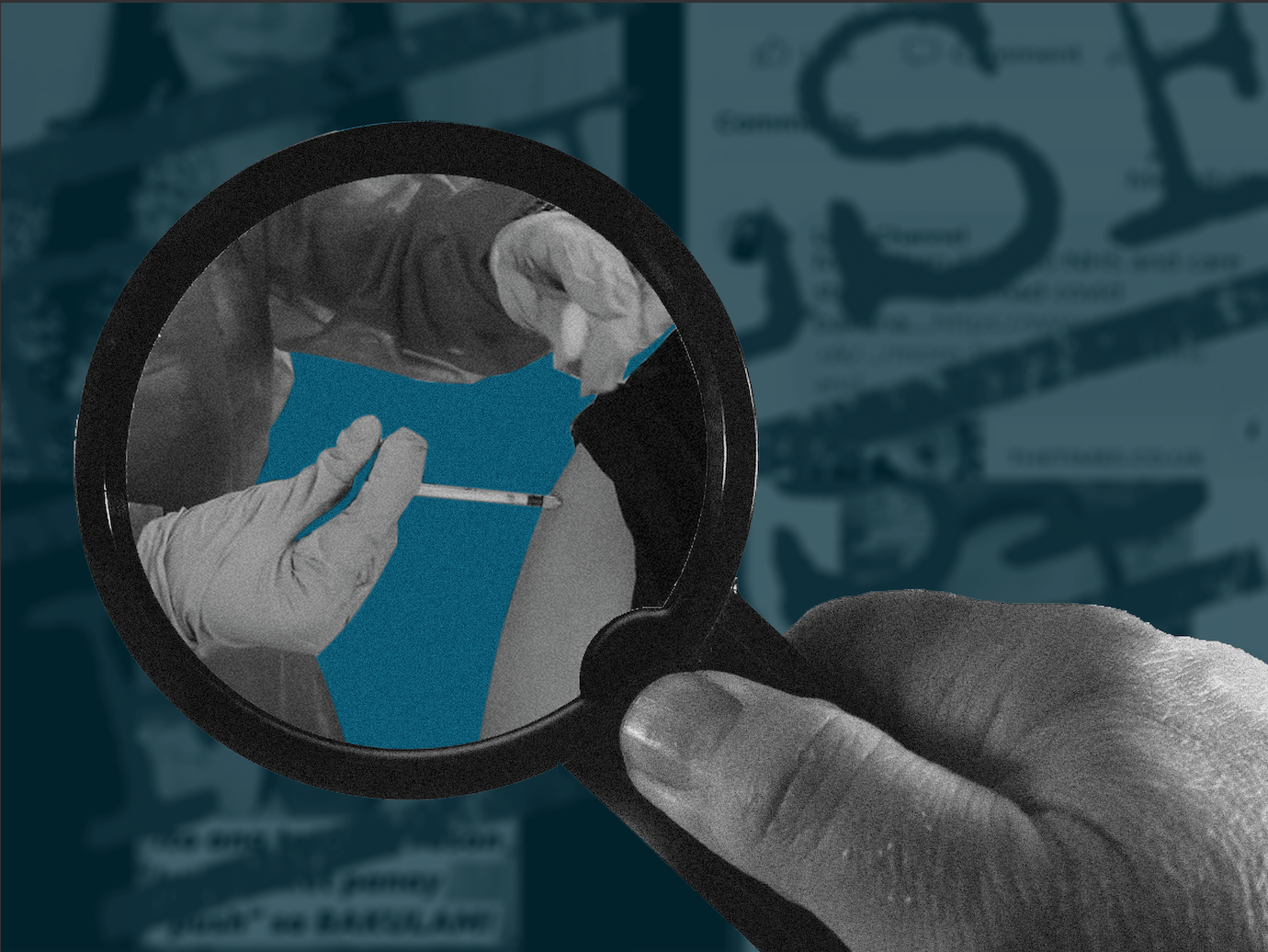A novel coronavirus
On December 30 last year, Dr. Ai Fen, Director of medical emergency at Wuhan Central hospital in Hubei province, received the lab results of a patient with flu-like symptoms that had proved to be resistant to prescribed treatment.
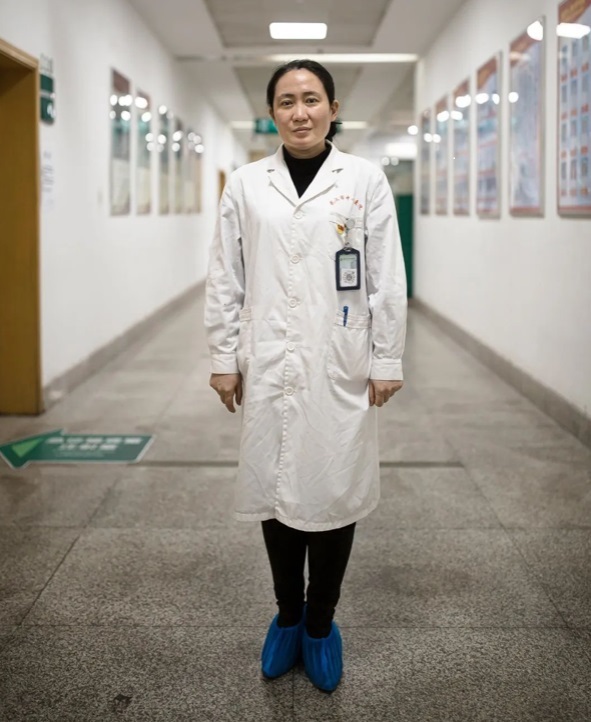
Ai Fen, Dr. Ai Fen, Director of medical emergency at Wuhan Central hospital in Hubei, China, the epicente of COVID19 in January 2020.Photo from People’s Daily.
The lab results turned up a dreaded note: “Sars coronavirus,” according to an interview she gave with the Chinese magazine, Renwu, or “People,” translated into English by the British newspaper The Guardian and published on March 11.
It made her break into a sweat. After making sure she read the note correctly, she snapped a photo of the report using her smartphone and sent it to a colleague at another hospital in the city of around 11 million. By day’s end, that photo would circulate in chat groups, and reached another doctor at her hospital, Dr. Li Wenliang. It was the latter who would shortly blow the lid on the true nature of the virus.
Evidence suppressed?
But Chinese authorities, instead of immediately warning the public about it, censured Dr. Ai, she said in her Renwu interview. Her superiors even instructed her to tell staff not to wear protective gear when treating patients, which she disobeyed, for the sake of her colleagues.
The authorities also allegedly caused the arrest of Dr. Li, forcing him to sign a declaration that he will stop talking publicly about the virus. Dr. Li, after treating many of the patients himself, would later on die of the disease now known as “Coronavirus 2019” (COVID-19), which arose from the virus identified as “SARS-CoV-2,” a new coronavirus suspected but not proven to have come from bats or pangolins.
His subsequent death would spark a rare and massive online outburst of anger among Chinese citizens, who looked to him as a martyr.
The South China Morning Post also reported on March 13 that another doctor, Zhang Jixian, of the Hubei Provincial Hospital of Integrated Chinese and Western Medicine, had reported to China’s health authorities at an even earlier date – on December 27 last year – that the flu-like disease that had stricken a rising number of patients was caused by a new coronavirus.
However, by January 2, 41 patients admitted into hospitals in Wuhan “had been identified as having laboratory-confirmed 2019-nCoV infection,”according to a crucial study made by Chinese medical scientists and published by The Lancet, a noted British medical journal, on January 24.
More importantly, only 27 of the patients (or 66 percent of the patient population in the study) had links to the Huanan seafood market, the suspected “ground zero” of the outbreak. The rest of the patients, because they had no connections to the market, indicated human to human transmission. This latter set included one of the earliest cases, from December 1 last year.
Interestingly, this study was funded by a cluster of high-level Chinese national institutions – the Ministry of Science and Technology, Chinese Academy of Medical Sciences, National Natural Science Foundation of China, and Beijing Municipal Science and Technology Commission.
This makes the study official, being sanctioned by the highest echelons of China’s central government. Yet, despite this officially-sanctioned research results, on January 19, in their very first public statement to the World Health Organization (WHO), Chinese officials insisted it was a “preventable and controllable” animal-to-human disease, saying available evidence only connected it to the seafood market in Wuhan, where the new virus emerged.
The officials would finally confirm human to human transmission only two days later, as the number of sick residents coming to hospital emergency rooms in the city reached 1,523 a day – or three times the normal rate. This was already 19 days – or nearly three weeks – after The Lancet study’s confirmation of a novel coronavirus outbreak in Wuhan.
And now, nearly three months later, the world as we know it is gone; global supply chains – many of them dependent on China-based factories – grind to a halt, putting in deep doubt the seamless globalization they had underwritten all these years; airline and tourism industries worldwide falter; stock markets crash; universities abruptly shift classes online; offices adopt virtual or work from home arrangements; and entire cities or nations go on lockdown for extended periods, as governments try to “flatten the curve” on the deadly virus, which has already spread to more than 168 countries and regions around the world, with 378,679 cases and 16, 508 deaths as of March 24, according to the Johns Hopkins University Center for Systems Science Engineering.
Too, it has made the closure of borders a necessity, even in the Eurozone, a region premised on the free movement of goods and peoples. A global recession – defined as economic growth rate below 2.5 percent from the normal range of 3.5 to 4 percent – has arrived, according to the Financial Times on March 15.
COVID-19 and the Law of State Responsibility
The question is: assuming the allegations of an official coverup are true, is the Chinese government liable in some way for it under international law?
Under the law of state responsibility, China has certain international obligations it should have dutifully observed in dealing with the COVID-19 disease. The law of state responsibility defines the conditions and consequences of wrongful conduct of states under international law.
The determination of state responsibility involves two correlated grids: one, primary rules, which prescribe a certain conduct, depending on the legal regime in question; and two, secondary rules, which define the conditions under which an act is wrongful in international law and spells out the consequences of such internationally wrongful act.
Secondary rules are expressed in the 2001 Draft Articles on the Responsibility of States for Wrongful Acts (ARSIWA), a landmark document developed by the International Law Commission to codify customary norms of state responsibility, as well as in relevant case law, and general principles of law.
Generally, state responsibility is raised whenever a state commits an internationally unlawful act or conduct that breaches its international obligations regardless of whether an injured state at all seeks reparations for the damage it suffered as a result of such an internationally unlawful act.
This is known as the “objective interpretation of state responsibility”, which protects the integrity and stability of the international legal order. Thus, an international wrong done by a state does not become a right simply because no one complained against it.
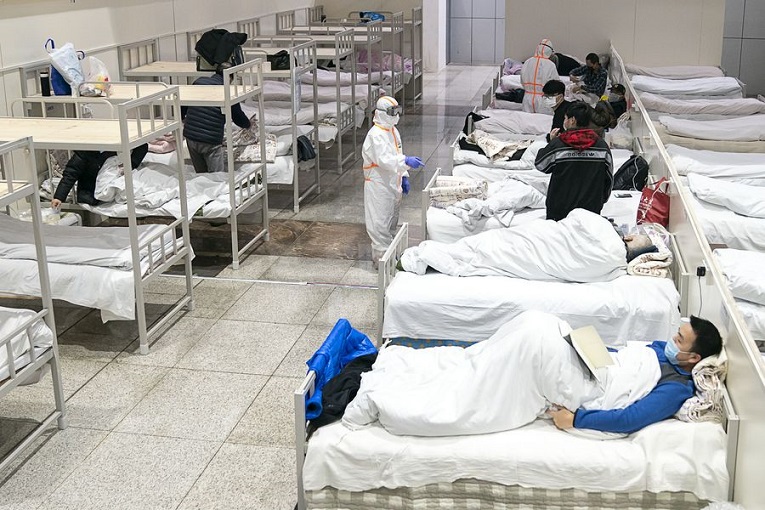
Patients infected with the novel coronavirus at a makeshift hospital converted from an exhibition center in Wuhan, central China’s Hubei Province, Feb. 5, 2020. (Xinhua/Xiong Qi)
The IHR (2005) as the applicable primary rule
China’s alleged suppression of information on COVID-19 is a violation of the 2005 International Health Regulations (IHR) established under the auspices of the World Health Assembly, the decision-making body of the World Health Agency (WHO), to deal with diseases of an international nature.
The IHR (2005) is an interesting species of international law, because it is a set of regulations established by an international organization. Nevertheless, the parties to it are states, and the WHO treats it as a treaty binding on member-states.
The purpose of the IHR (2005) is “to prevent, protect against, control and provide a public health response to the international spread of disease in ways that are commensurate with and restricted to public health risks, and which avoid unnecessary interference with international traffic and trade.”
China, when it became a party to the treaty in the same year, declared that it “applies to the entire territory of the People’s Republic of China, including the Hong Kong Special Administrative Region, the Macau Special Administrative Region and the Taiwan Province.”
First drafted in 1969, it covered six “quarantinable” diseases, but was later amended in 1973 and 1981 to cover only three infectious diseases – cholera, plague, and yellow fever – thus reflecting the WHO’s success in fighting infectious diseases. However, when the first coronavirus epidemic – the Severe Acute Respiratory Syndrome ( SARS) – broke out in 2003 in China, the IHR could not be invoked for that reason.
At that time, China’s response to the outbreak in Guangdong province as early as November 2002 left many countries reeling from its after effects, as Chinese officials shunned transparency and cooperation, thus contributing to global spread of the coronavirus.
On May 23, 2005, the IHR was again amended to now apply in general to any “illness medical condition, irrespective of origin or source, that presents or could present significant harm to humans.” It also now covers any “public health emergency of international concern.” Such public emergency is now defined as “an extraordinary event which is determined, as provided in these Regulations: (i) to constitute a public health risk to other States through the international spread of disease and (ii) to potentially require a coordinated international response.”
The new regulations took effect on June 15, 2007.
It is undeniable that COVID-19 is one such public health emergency of international concern, as it has been declared a pandemic – or “the worldwide spread of a new disease” – by the WHO on March 11, the very first to be called by the international body of a coronavirus. So far, it has wrought untold havoc on the world economy, aside from already affecting the right to life and the right to health of nearly four hundred thousand people globally. The IHR (2005) comprises the primary rules of state responsibility that prescribe conduct – international obligations– on a pandemic like the COVID-19 disease.

Chinese President Xi Jinping at Huoshenshan Hospital in Wuhan, March 10, 2020. (Xinhua)
China’s Duty to Notify under the IHR (2005)
A WHO briefer explains that upon the first reports of a potential public health emergency of international concern, within its territory, a state is required to assess within 48 hours by applying a specific algorithm contained in Annex II of the IHR(2005), called the decision instrument. It is to use four decision criteria for the purpose – (1) the seriousness of the event’s public health impact; (2) the unusual or unexpected nature of the event; (3) the risk of international disease spread; and (4) or the risk that travel or trade restrictions will be imposed by other countries.
“In essence, the events which must be assessed are those that may fulfil one or more of the four decision instrument criteria, and the events which must be notified are those that meet at least any two of the criteria therein,” according to a WHO briefer.
The earliest report appears to have been made on December 27 last year by Dr. Shang, followed three days later by Dr. Ai and Dr. Li. So, on the basis of the IHR (2005) protocol, China had 48 hours to assess whether this “unusual event” is of the nature of an public health emergency of an international concern.
Then, under Arts. 6 and 7 of IHR (2005), China had the duty to inform the WHO within 24 hours of determining the nature of the virus, using a prescribed checklist, as well as any measure it has deployed to deal with its outbreak.
The Smoking Gun?
The critical date here appears to be January 2 , when 41 patients “had been identified as having laboratory-confirmed 2019-nCoV infection,” in the words of the Lancet study. This Lancet study could be the proverbial “smoking gun” in any international litigation.
And it is baffling that the study – with the names of a stellar cast of Chinese medical scientists appended to it – was at all allowed to be published in an independent and reputable foreign medical journal by the Chinese government.
Given the official nature of this research study, this amounts to a direct admission by the Chinese government that they knew early on about the nature of the contagion in Wuhan. And within 24 hours of this determination, China, through its designated National IHR Focal Point, should have already alerted the designated IHR Contact Point.
After such notification, China also had the duty to communicate to the WHO “timely, accurate and sufficiently detailed public health information available.” This includes “case definitions, laboratory results, source and type of the risk, number of cases and deaths, conditions affecting the spread of the disease and the health measures employed.” China was also expected to report the challenges posed by the virus, and any assistance it may need to respond to the potential public health emergency of international concern.
As the available facts show, Chinese authorities allegedly quarantined information and any public discussion about the COVID-19 for nearly three weeks, when early containment to prevent its spread beyond Chinese borders was supposed to be the order of the day.
They also reportedly refused offers of assistance from the WHO and from the US Center for Disease Control and Prevention (CDC) in those early stages of the outbreak. A US CDC report would later say that the “sequences from U.S. patients are similar to the one that China initially posted, suggesting a likely single, recent emergence of this virus from an animal reservoir.”
Worse, China’s provincial officials even allegedly prosecuted whistleblowers.
In the Corfu Channel Case (1949), the International Court of Justice (ICJ) held that no state may “knowingly allow its territory to be used for acts contrary to the rights of other States.” Such a general principle of law means that China is duty-bound to ensure that individuals do not cause harm to the rights of other states. Moreover, the acts of persons exercising public authority are attributable to the state. This is consistent with the principle of the unity of the state, where the conduct of any of its organs, whether in the exercise of legislative, executive, or judicial functions, are considered its own acts in international law.
Thus, ultimately, China is responsible for the decisions taken by its public officials to keep under wraps crucial information on the virus for nearly three weeks when, under the IHR (2005), it had the duty to inform the world of the public health emergency within 24 hours of assessing its dangers.
That long delay may have caused many countries the only window of opportunity they had to prevent the contagion from spreading worldwide.
The Guardian reported on March 11 about scientific simulations showing that if the interventions could have been brought in a week earlier, 66 percent fewer people would have been infected, and if the same interventions could have been implemented three weeks earlier, it would have reduced the cases by 95 percent. (To be continued. Part II – Breaches and Reparations)
*Mr. Bagares is an alumnus of the University of the Philippines and the Vrije Universiteit Amsterdam. He teaches public international law at the Lyceum Philippines University College of Law and is a trustee of the Philippine Society of International Law
